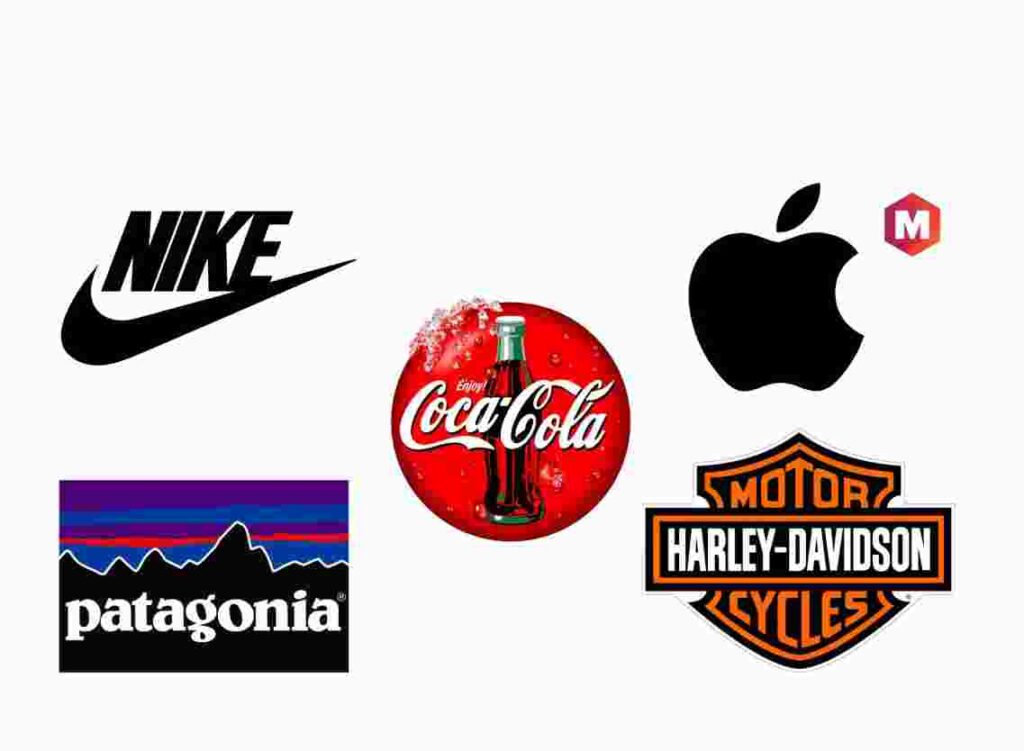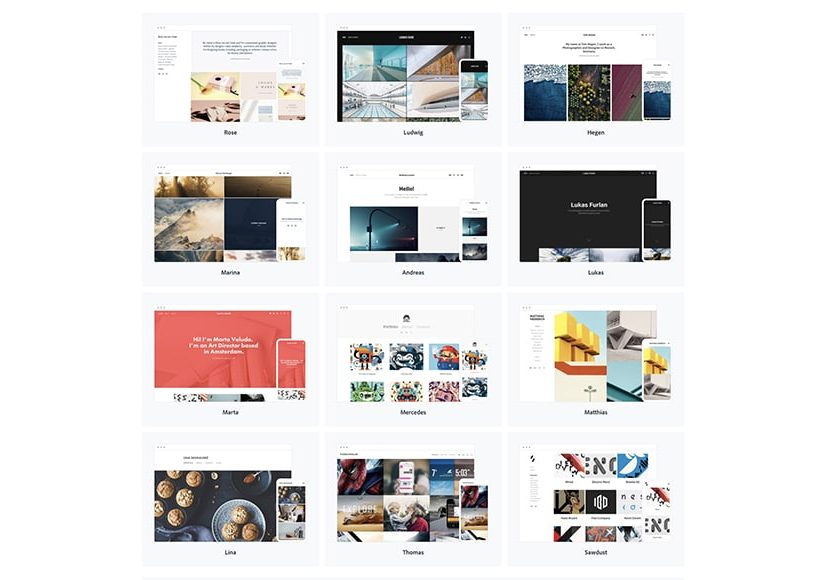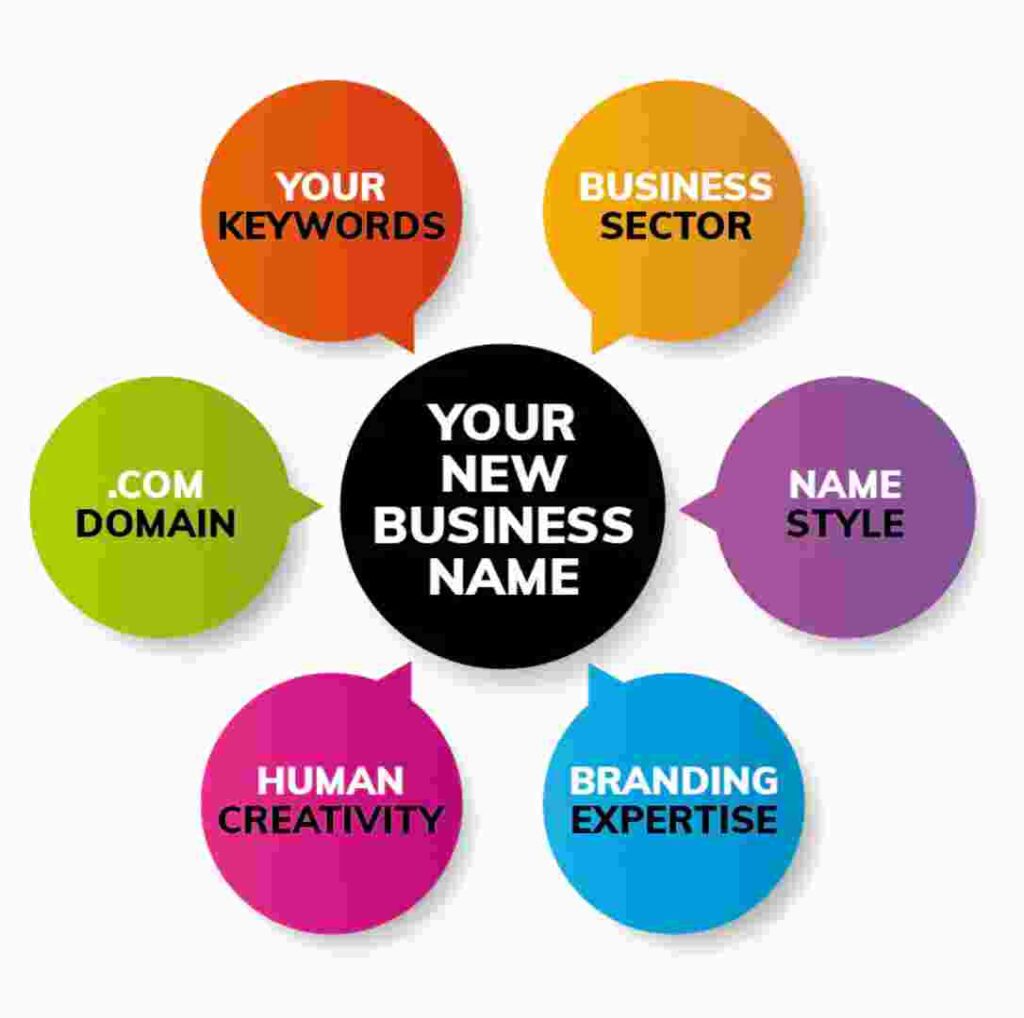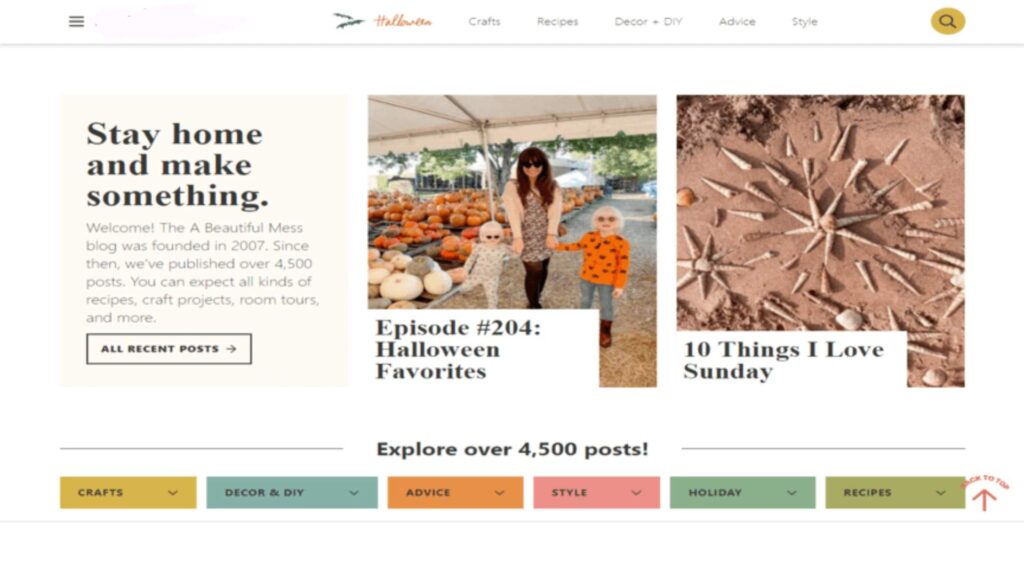Starting a blog is an exciting journey that allows you to share your passions, expertise, and creativity with the world. Whether you want to write about your hobbies, build a personal brand, or even generate income, knowing how to start a blog is the first step toward achieving your goals. This comprehensive guide will walk you through the entire process of setting up a blog from scratch.
Introduction
In today’s digital era, blogging has become more accessible than ever. Whether you’re a seasoned writer or a newbie, learning how to start a blog can open up numerous opportunities. From expressing yourself creatively to building an online presence, the benefits of starting a blog are immense. This guide will help you navigate the essential steps to get your blog up and running successfully.
Why Start a Blog?
Starting a blog can be a transformative experience. Here’s why you might consider launching your own:
- Share Your Passion: Blogging allows you to express your interests and expertise on topics you love.
- Build Your Brand: A blog can establish you as an authority in your field and enhance your professional image.
- Connect with Others: Blogging helps you connect with like-minded individuals and build a community.
- Generate Income: With the right strategies, a blog can become a source of revenue through various monetization methods.
Choosing a Blog Niche
Before diving into how to start a blog, it’s crucial to choose a niche. Your niche refers to the particular topic or area of interest that your blog will center around. Here’s how to pick the right one:
- Passion and Expertise: Choose a niche that you’re passionate about and knowledgeable in. This will make writing easier and more enjoyable.
- Audience Interest: Ensure there’s a demand for the topic. Research what people are searching for and what questions they have.
- Competition: Evaluate the competition within your chosen niche. A balance between too much and too little competition is ideal.
Picking a Blogging Platform
Choosing the right blogging platform is a critical step in how to start a blog. Here are some popular options:
1. WordPress.org
WordPress.org is a self-hosted platform offering complete control over your blog. It’s perfect for those who seek flexibility and extensive customization.
- Pros:
- Full control over your blog
- Thousands of themes and plugins
- Scalable and customizable
- Cons:
- Requires separate hosting and domain
- Steeper learning curve
2. WordPress.com
WordPress.com is a hosted platform that handles all the technical aspects for you. It’s great for beginners who want a hassle-free setup.
- Pros:
- Easy to set up and use
- Includes hosting and domain
- Maintenance is managed for you
- Cons:
- Limited customization
- Can become costly for advanced features
3. Blogger
Blogger is a free, easy-to-use platform provided by Google. It’s suitable for those looking for a simple blogging solution.
- Pros:
- Free to use
- Integrated with Google services
- Easy to set up
- Cons:
- Limited design options
- Less control over your blog
4. Squarespace
Squarespace offers a visually appealing platform with a variety of templates. It’s ideal for those who want a professional-looking blog with minimal effort.
- Pros:
- Stunning design templates
- All-in-one solution (hosting, domain, and design)
- User-friendly
- Cons:
- Monthly fees
- Less flexibility compared to self-hosted options
5. Wix
Wix provides an easy drag-and-drop interface, making it accessible for beginners. It’s a good choice for those who want to create a blog quickly.
- Pros:
- Intuitive drag-and-drop editor
- Various templates available
- Affordable pricing
- Cons:
- Limited scalability
- Some features require additional costs
Getting a Domain Name and Hosting
A domain name is your blog’s web address, and hosting is where your blog’s files are stored. Here’s what you need to know:
- Choosing a Domain Name: Pick a name that reflects your blog’s niche and is easy to remember. Use domain registration services like GoDaddy or Namecheap.
- Selecting a Hosting Provider: Choose a reliable hosting provider such as Bluehost or SiteGround. Ensure they offer good customer support and uptime.
Designing Your Blog
Designing your blog involves choosing a theme and customizing it to fit your brand. Here’s how:
- Choose a Theme: Select a theme that aligns with your niche and personal style. Many platforms offer free and premium themes.
- Customize Your Design: Adjust colors, fonts, and layouts to match your brand identity. Make sure your design is user-friendly and mobile-responsive.
Creating Quality Content
Content is the heart of your blog. Here are some tips for creating engaging and valuable content:
- Write for Your Audience: Understand what your readers are interested in and tailor your content to their needs.
- Be Authentic: Share your unique voice and perspective. Authenticity helps build trust with your audience.
- Use Visuals: Use images, infographics, and videos to enhance your content and make it more engaging.
- Optimize for SEO: Use relevant keywords (including how to start a blog), optimize meta descriptions, and create quality backlinks.
Promoting Your Blog
Promotion is key to reaching a larger audience. Here’s how to get the word out:
- Social Media: Share your blog posts on platforms like Facebook, Twitter, and Instagram to drive traffic.
- Email Marketing: Build an email list and send newsletters to keep your audience updated.
- Networking: Connect with other bloggers and participate in online communities related to your niche.
Monetizing Your Blog
Once your blog gains traction, you might want to explore monetization options:
- Affiliate Marketing: Promote various products or services and receive a commission for any sales made through your referral links.
- Sponsored Posts: Collaborate with brands for sponsored content.
- Ad Revenue: Earn money by displaying ads on your blog through networks such as Google AdSense.
FAQs
Q: How much does it cost to start a blog?
A: The cost of starting a blog can vary. If you choose a free platform like Blogger, you may incur minimal costs. However, with a self-hosted platform like WordPress.org, you’ll need to pay for domain registration and hosting, which can range from $50 to $200 per year.
Q: Do I need technical skills to start a blog?
A: No, you don’t need extensive technical skills to start a blog. Many platforms offer user-friendly interfaces and step-by-step guides to help you through the process. However, basic knowledge of web design and SEO can be beneficial.
Q: How often should I post new content?
A: Posting frequency depends on your schedule and audience expectations. Consistency is key, so aim for a regular posting schedule that you can maintain. Whether it’s once a week or once a month, keep it consistent.
Q: Can I switch blogging platforms later?
A: Yes, you can switch platforms, but it may require some effort to migrate content and update links. It’s best to choose a platform that aligns with your long-term goals from the start.
Conclusion
Learning how to start a blog is a valuable skill that opens up numerous opportunities for personal and professional growth. By choosing the right niche, platform, and design, and by creating quality content, you’ll be well on your way to building a successful blog. Remember, consistency and dedication are key to growing your audience and achieving your blogging goals.







